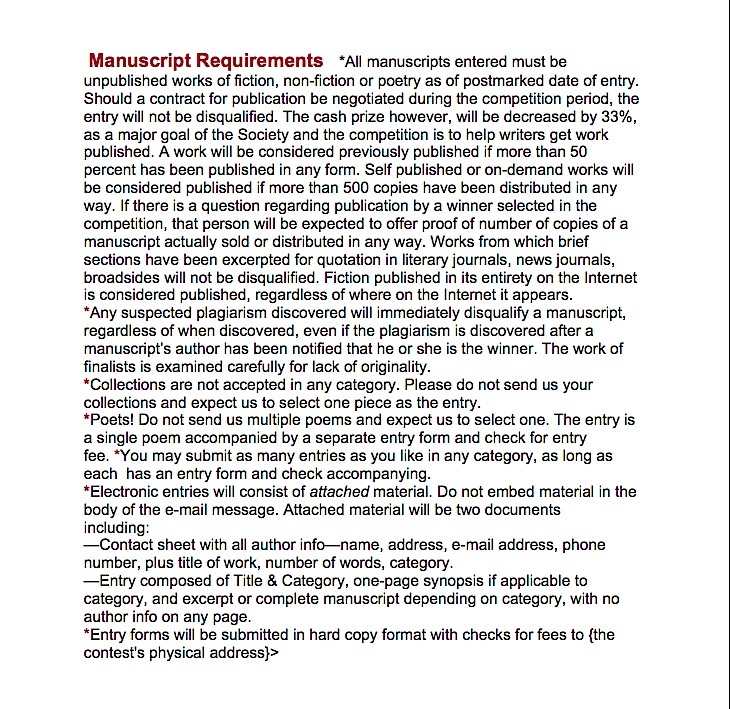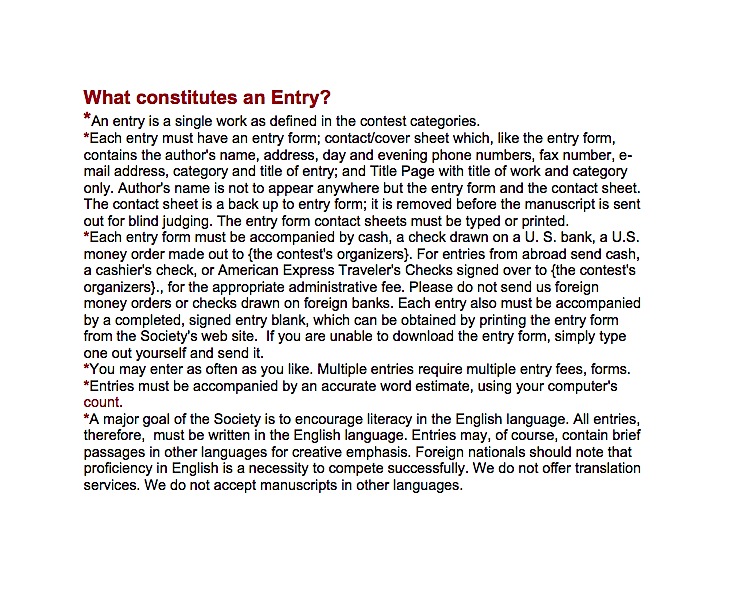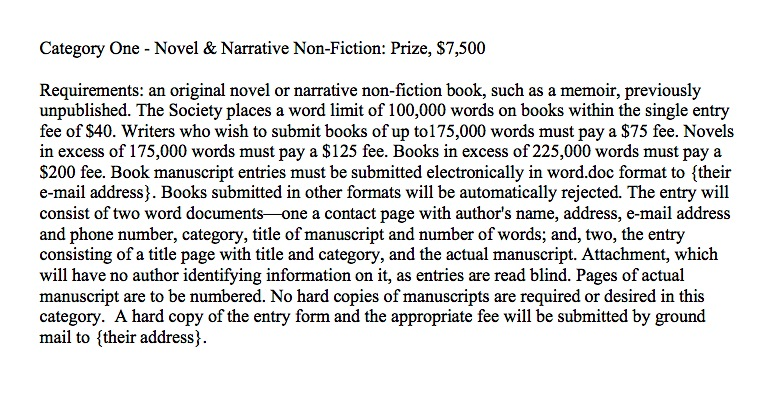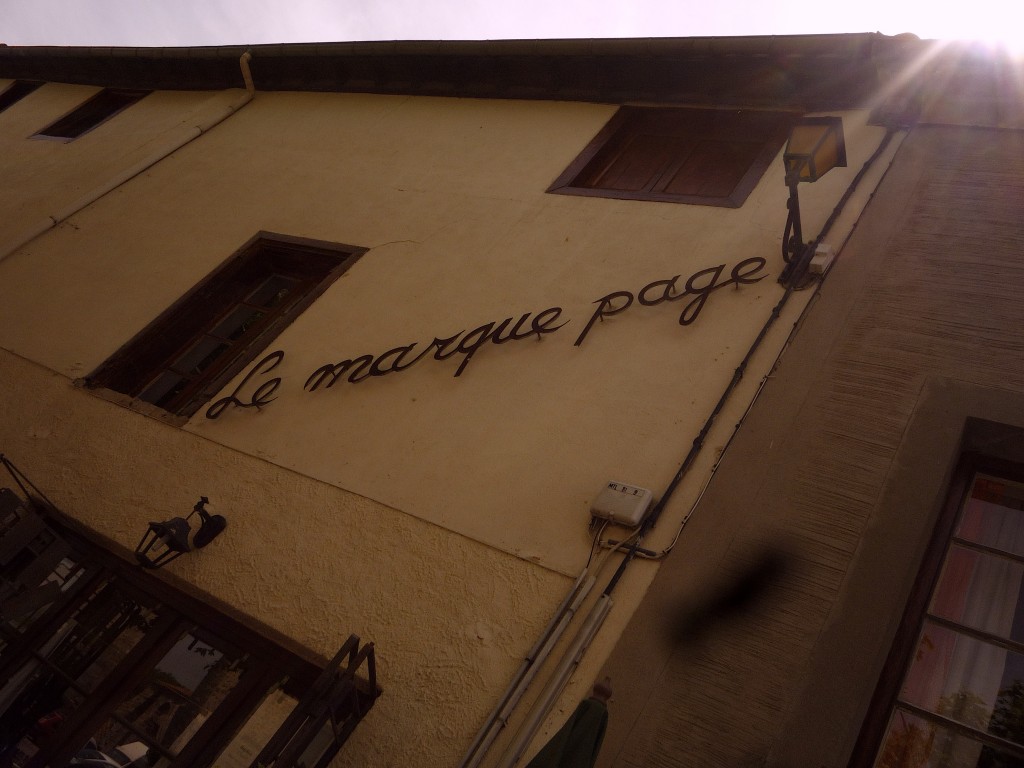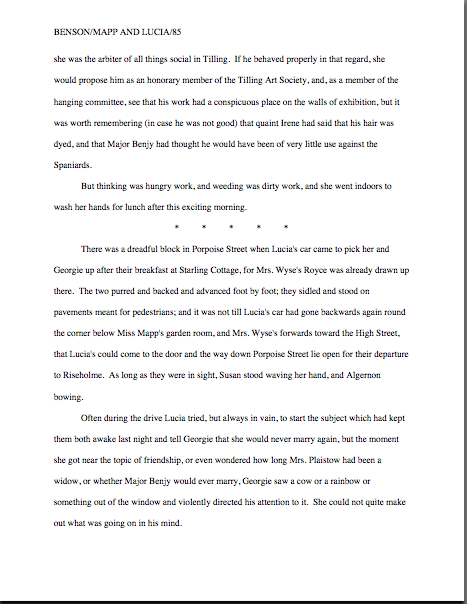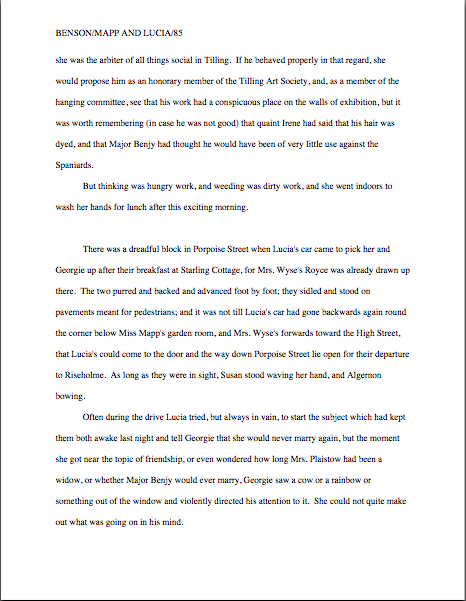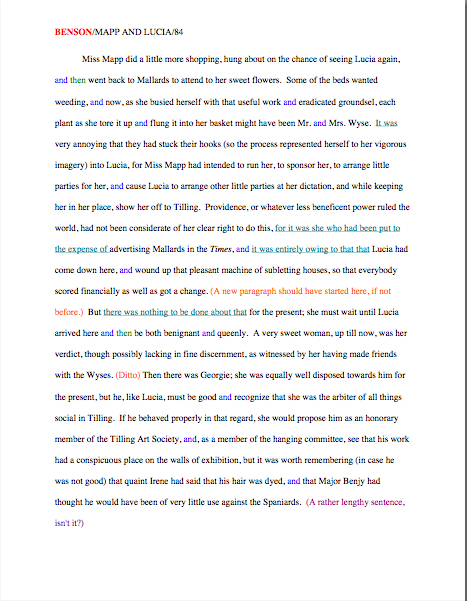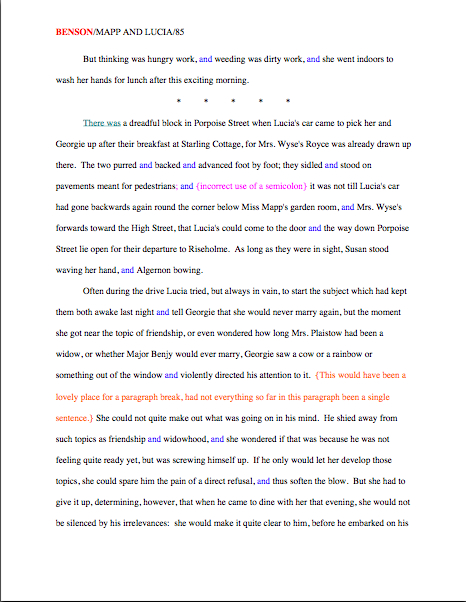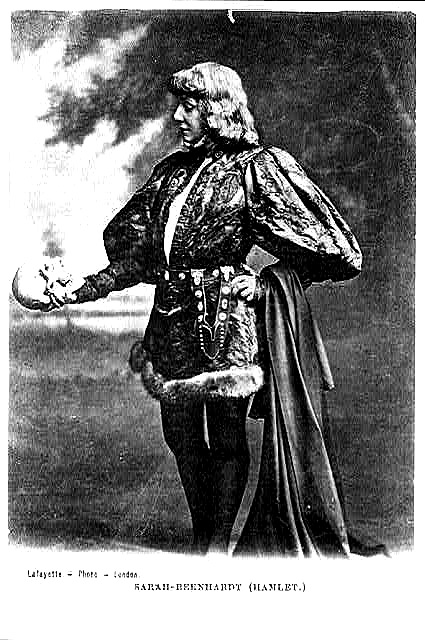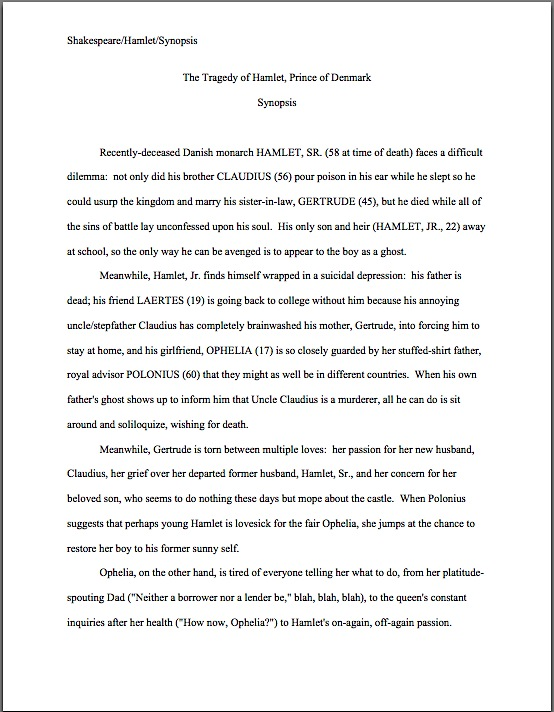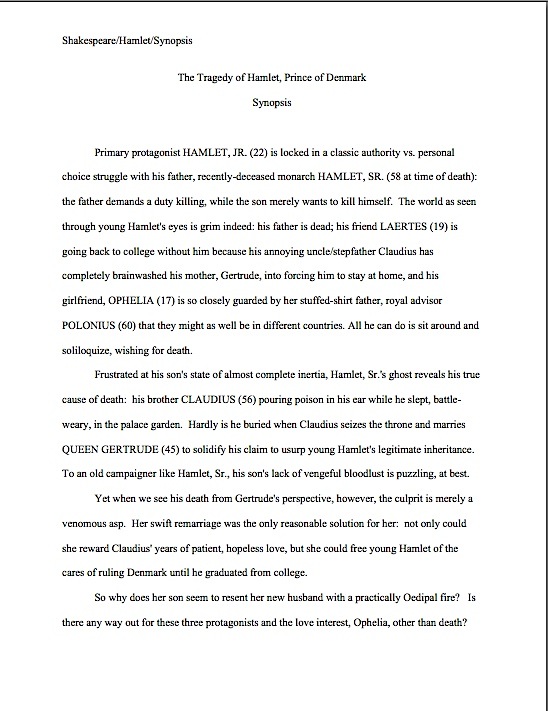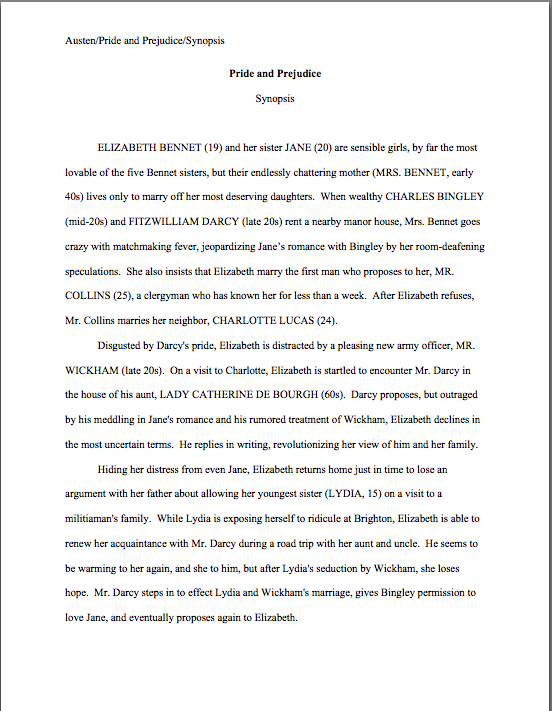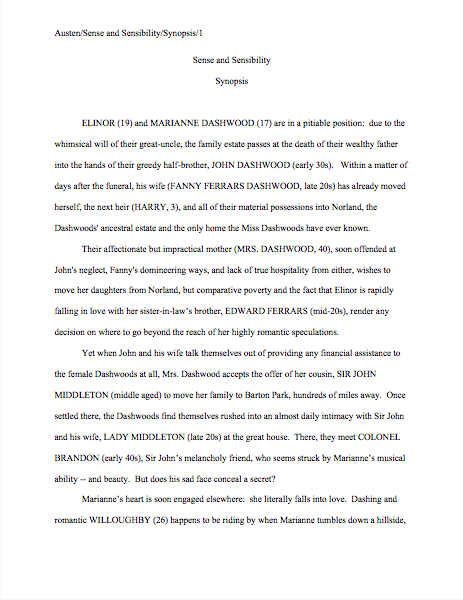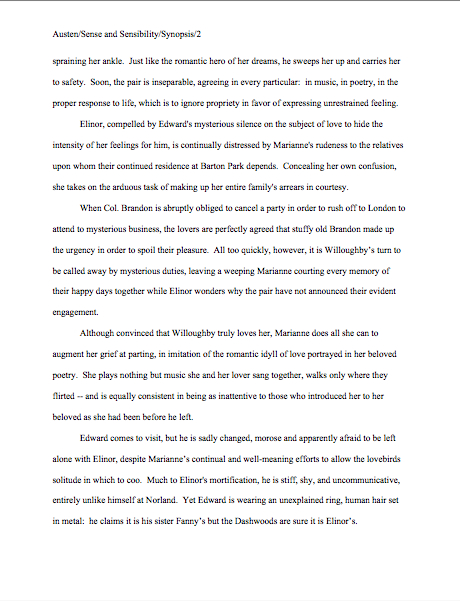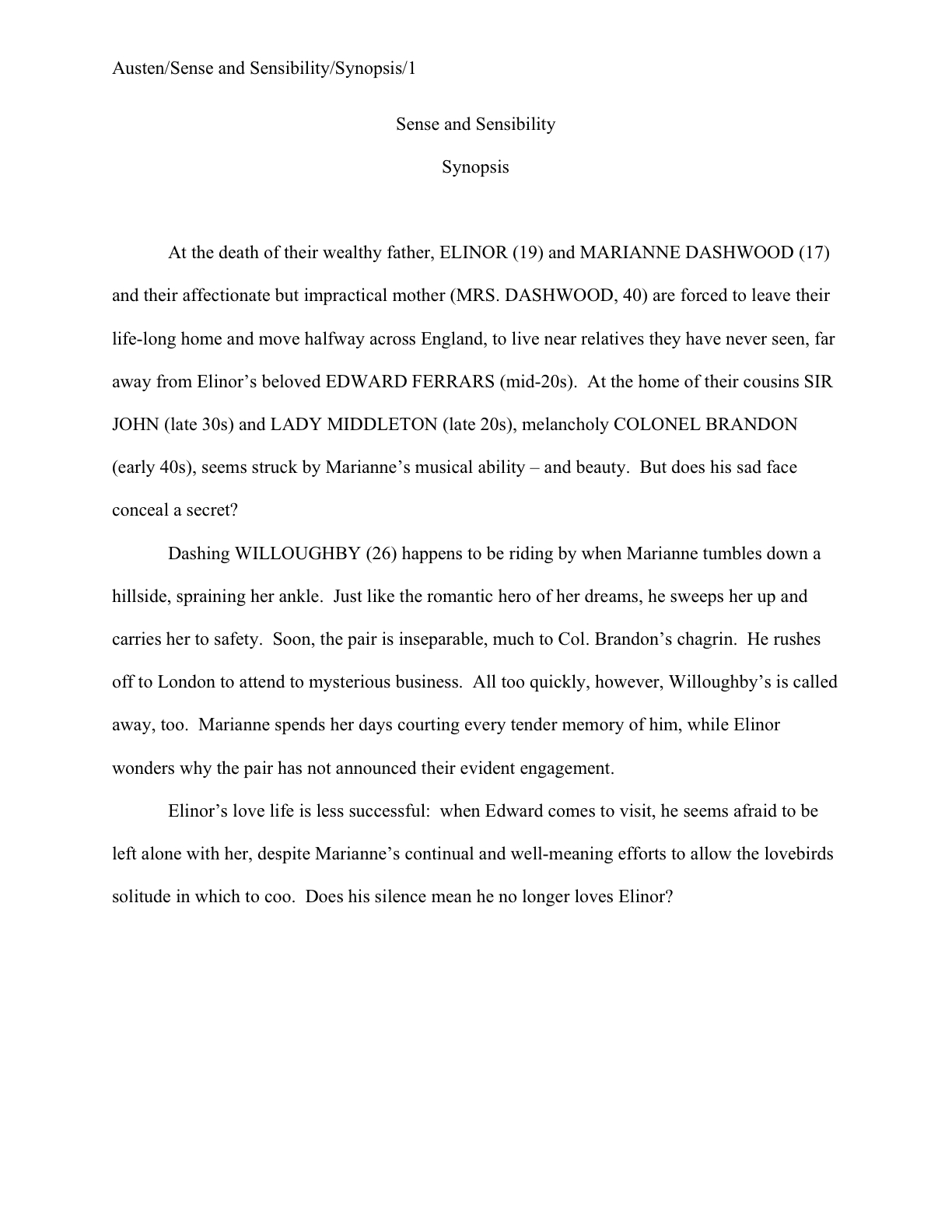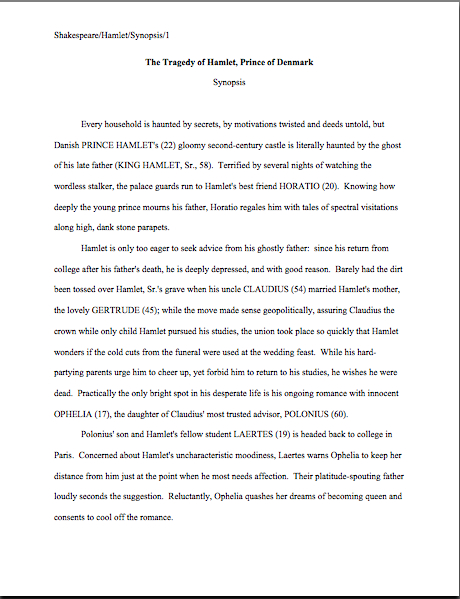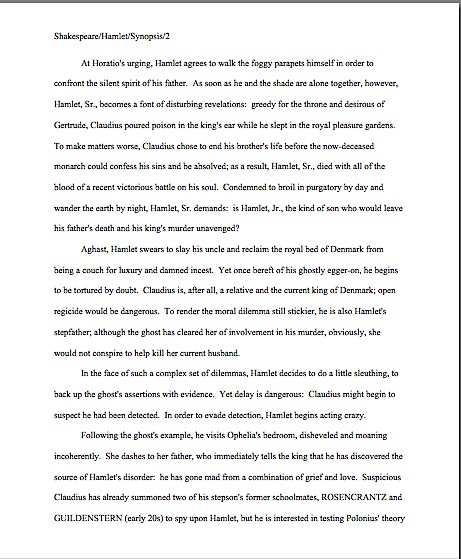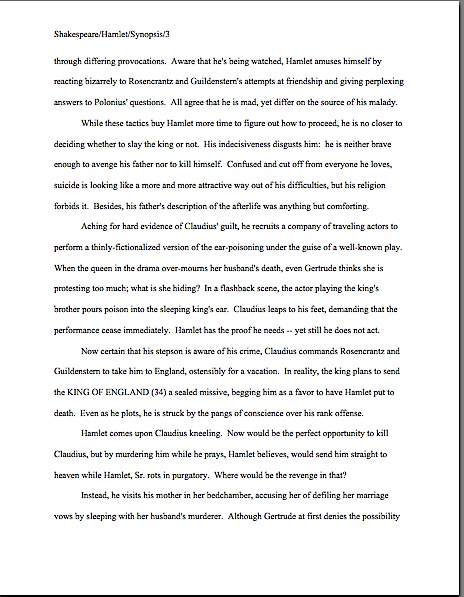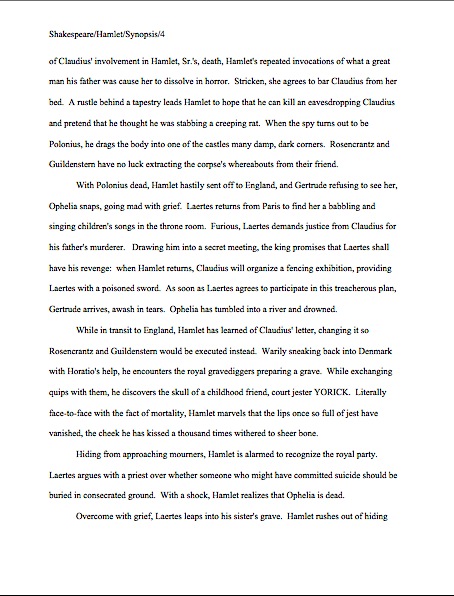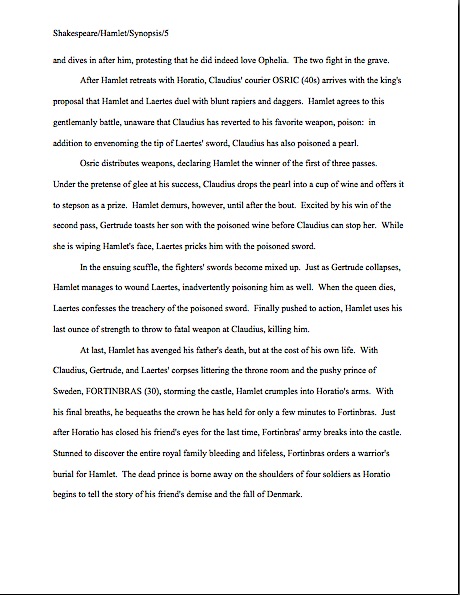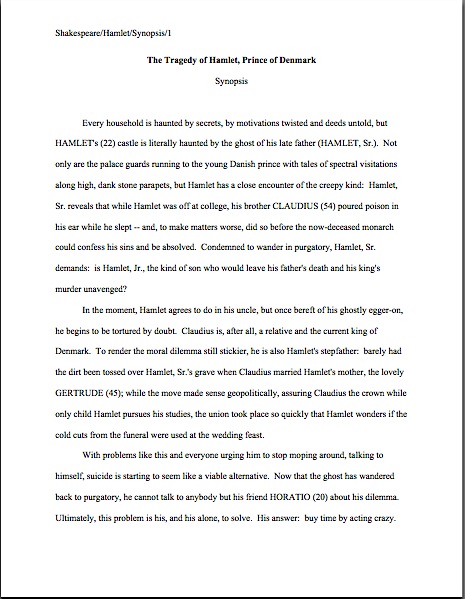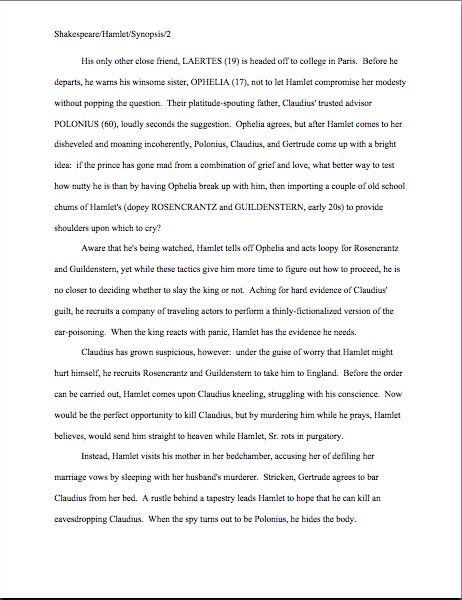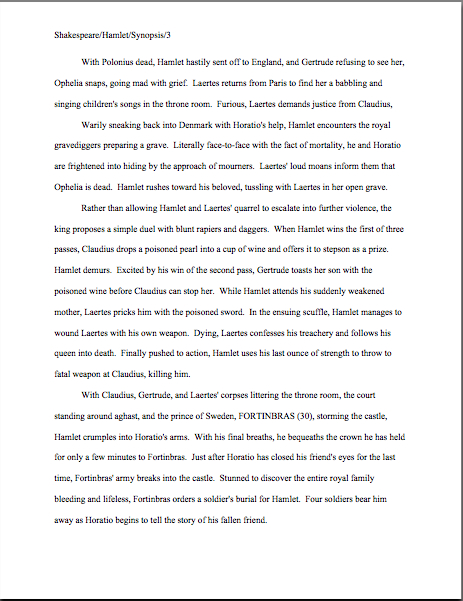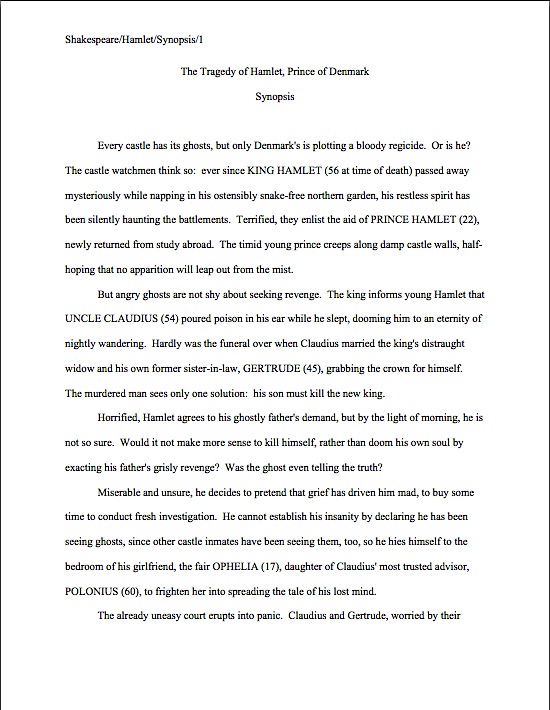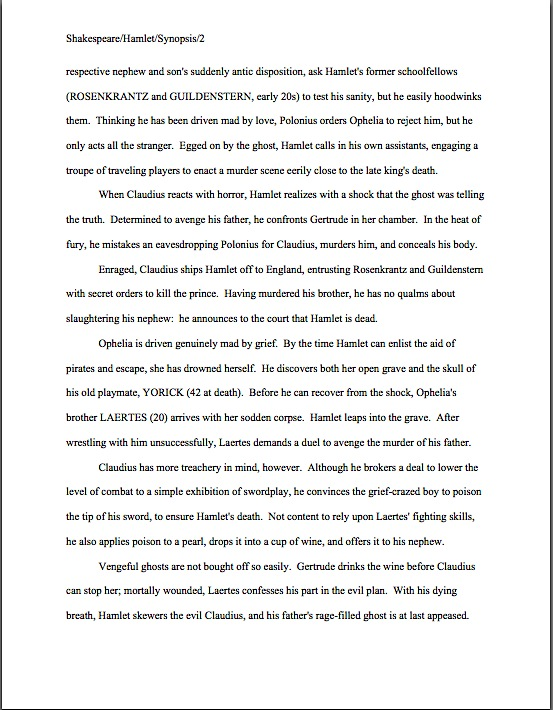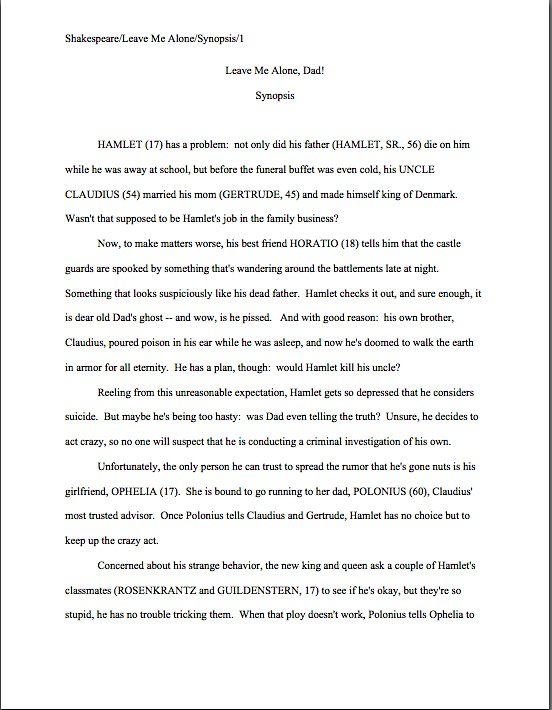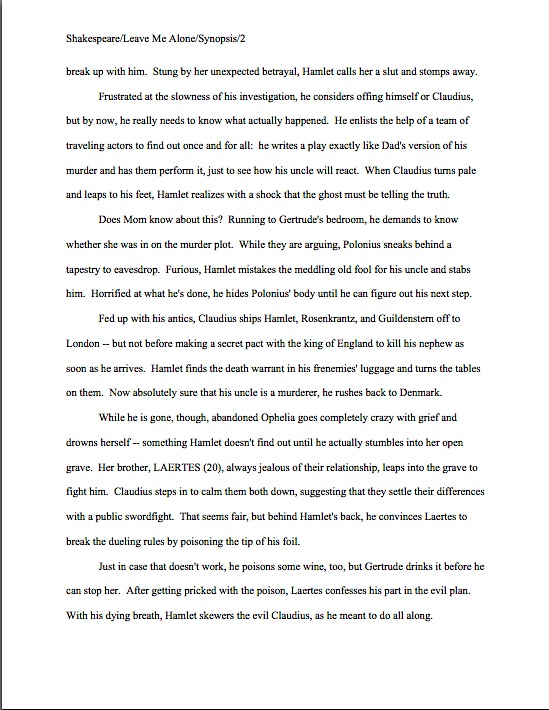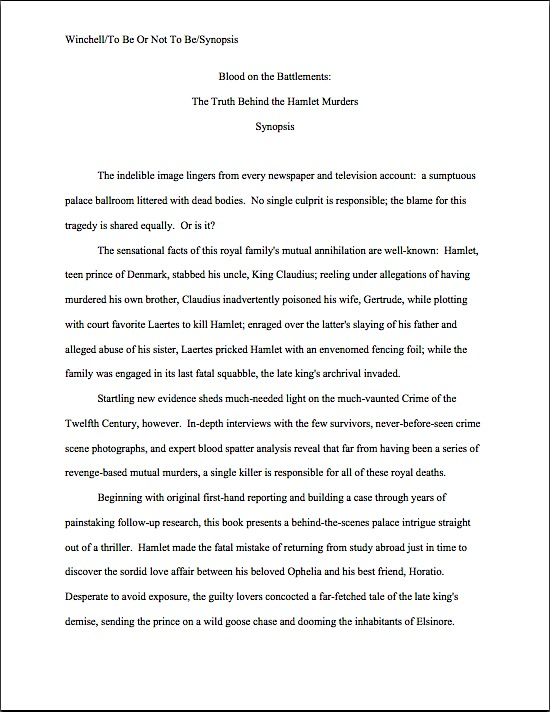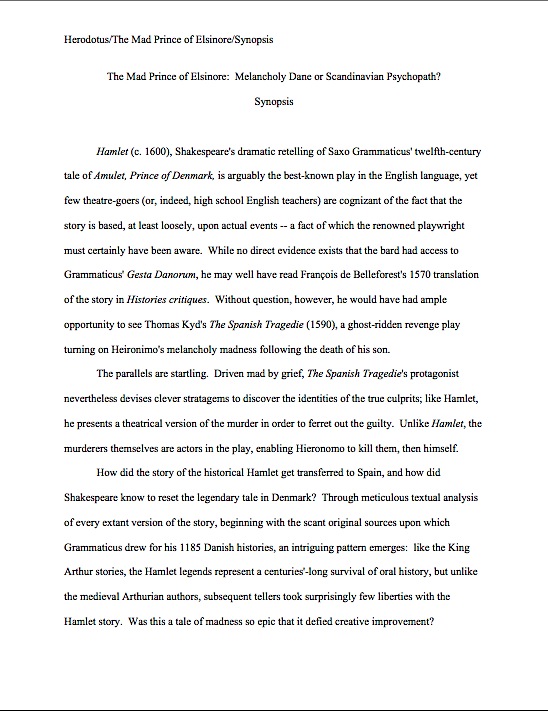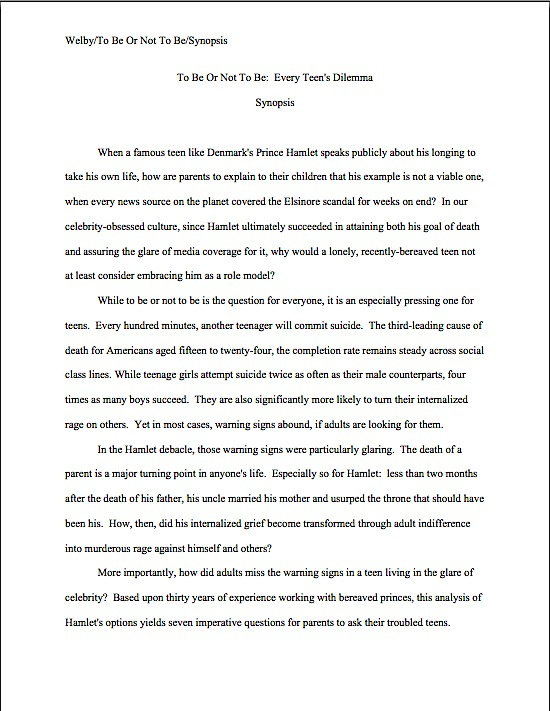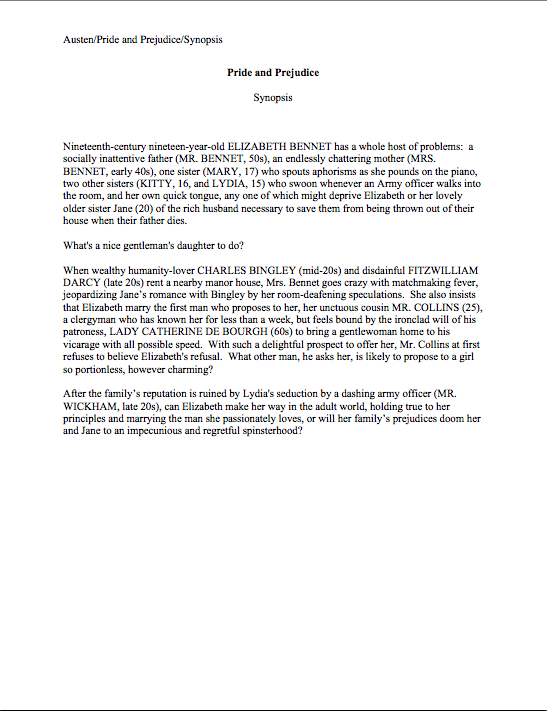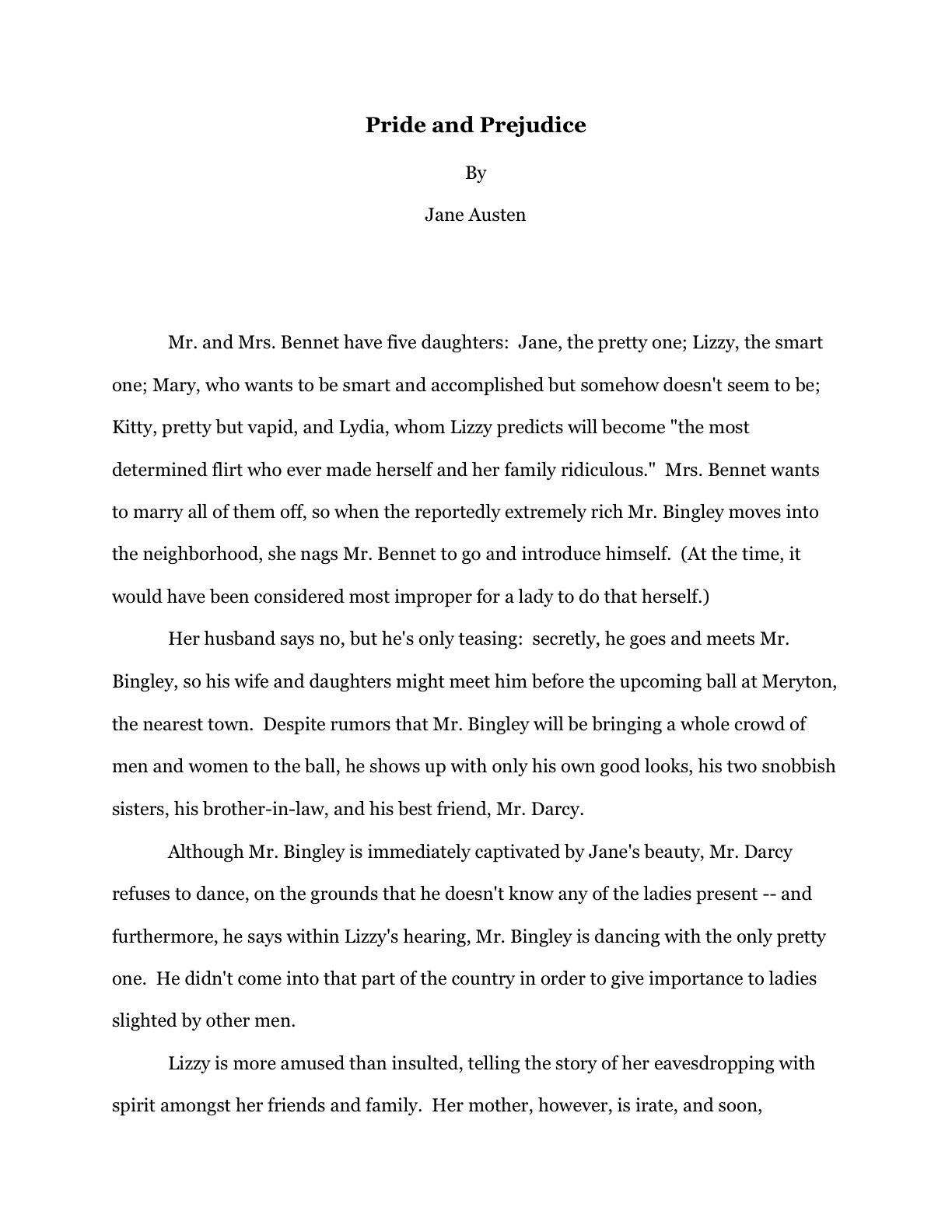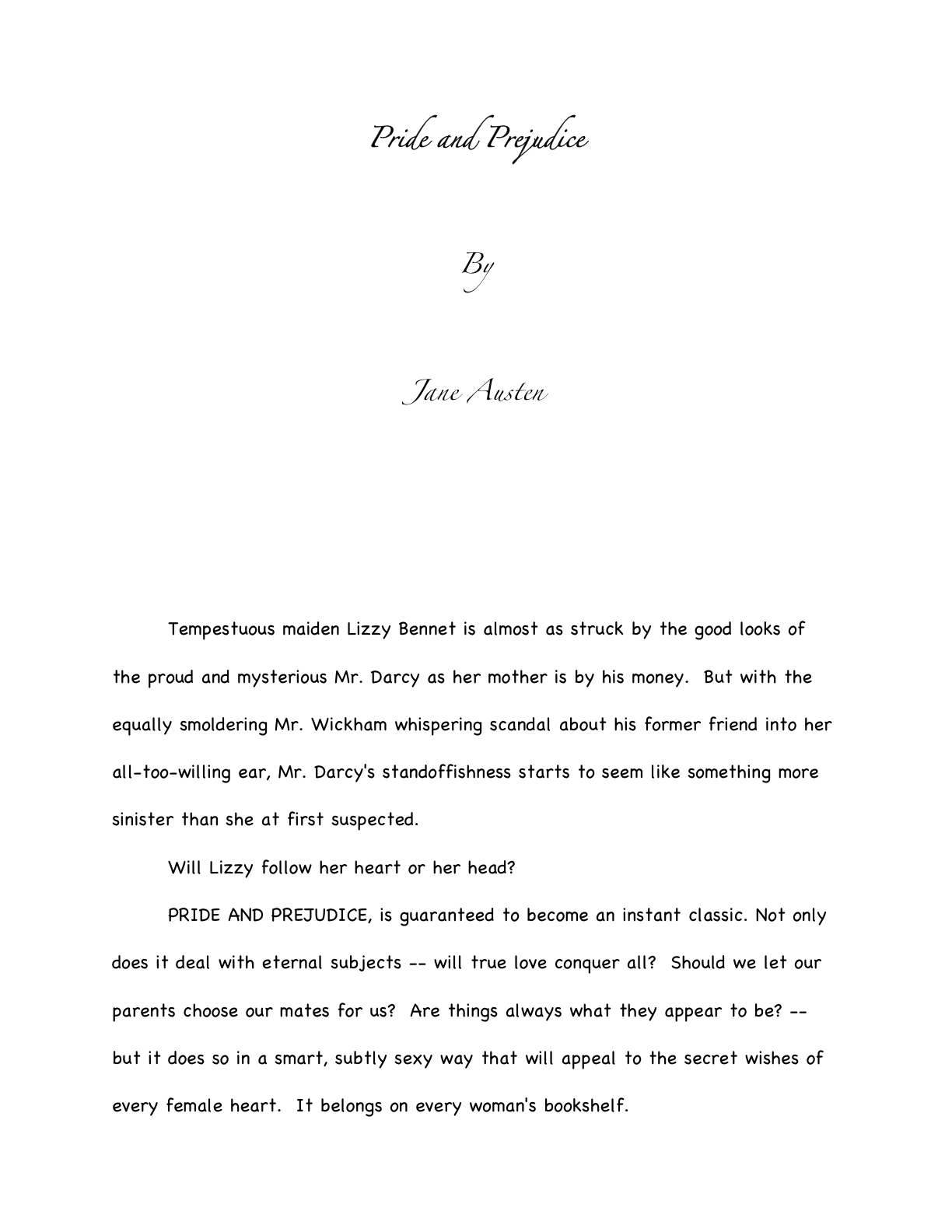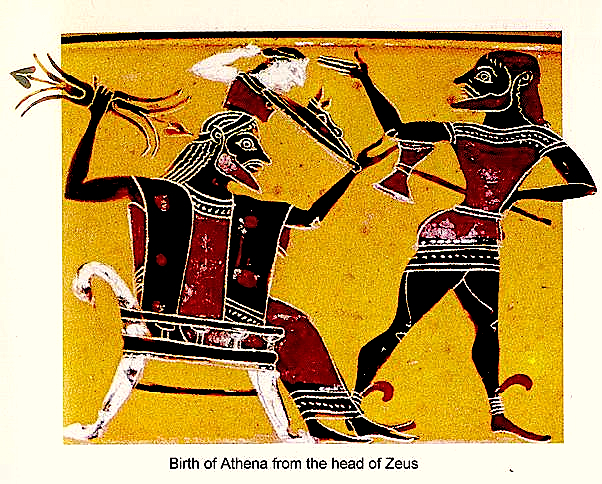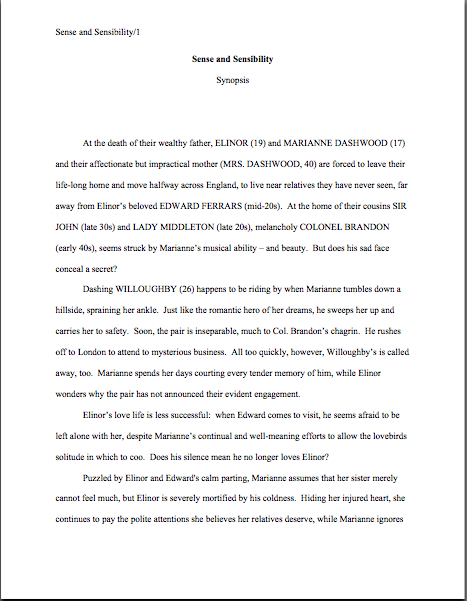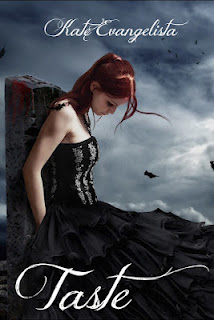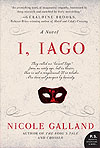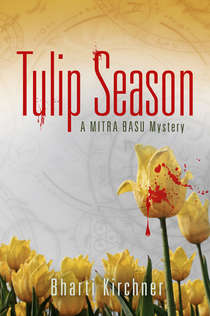Well, the day has finally arrived campers — or, rather, the eve has arrived: the deadline for entering this year’s William Faulkner/William Wisdom Literary Competition is, if I am reading my calendar correctly, tomorrow. As I promised way back at the beginning of this series, although I shall continue talking about the larger issues of contest entry preparation over the next week and a half or so (I have a special treat in store for you for Memorial Day weekend), this evening, I shall be demonstrating how to do something that every conscientious writing contest entrant should be doing immediately before hitting SEND or popping that entry in the mail: going over the rules of the contest in question with, if not the proverbial fine-toothed comb, than at least a great big ol’ magnifying glass.
Because the deadline is so close — tomorrow at midnight for e-mailed entries! — I am going to try to keep this post brief. I realize that I’m writing for two constituencies here, those of you planning to enter this particular contest this year and those who are interested in improving your familiarity with the contest-entry process in general. Rest assured, I shall return to longer, in-depth analyses the day after tomorrow, but for tonight and tomorrow, I shall try to keep it brief and to the point.
Let’s dive right in, then. Most contests require entrants to submit an entry form, and the Faulkner/Wisdom competition is no exception. Their form is quite straightforward, though, so in the interests of time, I shall keep my remarks minimal.
Like many contests, although it specifies electronic entries, it asks entrants to download the form, print it out, fill it out, and submit it via regular mail along with the entry fee. Generally speaking, when contests list this quite common requirement, the form and check must be postmarked by the contest’s deadline.
The thing to notice about the form itself: check for a signature line. Virtually any contest will require entrants to sign something, either literally or electronically, indicating that they agree to the terms of the contest. That means, in practice, that if there is any fine print indicating that a writer is signing away rights to submission — in this case, first publication rights for short pieces, or excerpts for longer works — it tends to appear on the entry form, just above the signature line. It is in your best interest to read this section very carefully before you either sign or submit the entry fee.
“But Anne,” impatient contest entrants across the English-speaking world shout, “I’m in a hurry to get this out the door! I don’t have time to take a magnifying glass to the fine print!”
I know, I know — but I’m telling you to do it, anyway. The more reputable a contest is, the less likely you are to find surprises there, but just as you should never sign a representation or publication contract without first (a) reading it, (b) making sure you understand to what you are agreeing by signing it, and if you have any doubts about (b), (c) asking relevant questions and/or (d) getting someone conversant with such contracts to give you some advice (the Authors’ Guild offers (d) to its members, I’m told), you should not sign a contest form unless you are positive that you understand what you are empowering contest’s organizers to do with the writing you enter.
And no, I am not going to walk you through this contest’s fine print or any other. I am not an attorney; please do not ask me for advice on writing-related contracts. All I can legitimately do is urge you to be careful what you sign — and to whom you send your work.
But if you joined this series late and want some tips on how to figure out if a literary contest is legit — and not all are, alas, I can certainly help you there: you will find several posts’ worth of sifting criteria beginning here.
So much for the form. The next thing you are going to want to check for is for general entry guidelines. Don’t be surprised if, as is the case for the contest we’ve been discussing, you need to scroll down the page from the category guidelines or even click to a different page to find them. It is the entrant’s responsibility to follow every rule the sponsoring organization has established for its contest, whether it has elected to post them in one place or not. Double-check that you have not missed some provisions.
Oh, I hear some of you snickering, but you would not believe how often contest entries will adhere strictly to, say, the category guidelines, while totally ignoring the general rules. Or vice-versa. Don’t expect Mehitabel the contest judge to cut you any slack; the judging restrictions will probably forbid it.
Stop rolling your eyes. That’s not a matter of meanness: those rules were established for a reason. Remember, ignorance of posted rules is not a valid excuse here; if the organizers took the time to post them, they will expect all successful entrants to abide by them.
Pretty much every set of general guidelines will include a section on who is and is not eligible to enter the contest. Check these restrictions carefully: as we discussed earlier in this series, it is a waste of a writer’s time, energy, and entry fee to enter a contest he does not have a realistic chance of winning.
Unless, of course, he’s doing it just for the practice in entering contests. That’s not the world’s worst idea, actually: as we have been seeing, there’s more to preparing a winning contest entry than just printing up what you’ve already written, signing a check for the entry fee, and popping it in the mail. Some of this stuff is genuinely counterintuitive. A dry run now might improve your chances down the line.
And then there will be the general rules. This is the part you are going to want to check, double-check — and then go through it again with a pad and pen, making your own list of what’s required. Then, if you’re prudent, you’ll have someone with good reading skills go over both your list and the rules, to make sure that they jibe.
Oh, you may laugh, but believe me, there’s nothing sadder for Mehitabel to see than a well-written entry that scuttles itself because it’s missing a required element. Or is formatted incorrectly, by the contest’s individual standards. Or is instantly disqualified because the entrant forgot to sign the entry form.
Fair warning: the rules may not be presented in a format that’s particularly easy on the eyes, or even organized as a list. They also might not be labeled as straightforwardly as CONTEST RULES. It’s up to the entrant to track them down and read them carefully, to catch the nuances.
Let’s go over the rules for our example contest together, to see what that might entail in practice. If you’re having trouble reading individual words, try holding down the COMMAND key and pressing + to enlarge the image.
I wasn’t kidding about it’s being hard on the eyes. Grab a pen and paper, please, and go back through the Manuscript Requirements, making two lists: a to-do list for pulling together your entry, and an eligibility requirement list.
Yes, yes, I know: it’s a tedious exercise, and this particular contest, like most, had a separate general statement about eligibility. What I’m talking about here are the specific entry requirements, not the disclaimers. Besides, but wouldn’t you rather do this for the first time when I’m doing it, too, so we can compare notes?
How’d you do? Here’s my gleaned list of eligibility requirements:
1. If I want to submit more than one piece of writing — whether in the same category or different ones — I will need to e-mail them separately, as well as filling out a separate entry form and paying a separate entry fee.
Although this provision appears late in the Manuscript Requirements, I’m placing it front and center, due to its importance to the entrant’s decision about what to send. Each short story, poem, novel-in-progress excerpt, etc. will require a separate entrance fee, and must be presented separately.
Please take both the fees and the time per entry seriously. And don’t even think of trying to get around this provision by trying to pass off a collection as an individual entry. As we shall see below, their Mehitabels have no patience for that kind of rules origami.
2. Any writing I enter cannot have been published before in its current form.
Remember last week, when we were discussing what would happen if a book you entered in a contest got picked up by an agent or acquired by a publisher between the time you entered it and the time the winners were announced? Helpfully, this contest’s rules have spelled out explicitly what would happen in this instance; in other contests, you may have to search the aforementioned fine print for this information.
3. If what I want to enter has been published anywhere — even online — at least of 50% of its current phrasing must be different than the published version. It’s fine if it’s been quoted at length elsewhere, though.
Again, this is spelled out much more carefully than your garden-variety contest rules; that’s nice for the entrants. No fine points of law here: if it’s been published before in a mostly similar form, don’t enter it.
4. Self-publishing counts toward (2) and (3), if it sold more than 500 copies.
Nice to see this spelled out, too. Count only sales as of the contest’s entry deadline.
5. Online publishing counts toward (2) and (3), too.
I’m rather glad to see this one, actually: technically, writing posted online is published. The key phrase here is published in its entirety on the Internet ; if you’re in doubt about reusing material that’s been part or in a different form, consult rule #2.
6. I should not even consider entering anybody’s writing but my own. Oh, and it must be in English.
This is just common sense, really. So why might a contest’s organizers think to include provisions like this? Probably because they have been burned by plagiarized entries in foreign languages in the past. Or perhaps just one or the other. At the very least, they have heard of another contest’s winner being caught doing so.
Don’t laugh — it’s not all that uncommon for a contest’s rules to reflect the organization’s experience at contest-throwing. Speaking of which…
7. If I try to enter a short story or essay collection in a book-length category, it will be disqualified.
Again, that reads like the result of experience. As does this provision:
8. I must commit to what I want Mehitabel to judge: “please do not send us your collections and expect us to select one piece as the entry.”
I quoted this one, so we could sense the tension in that brief admonition. Lest you be tempted to dismiss what this clearly suggests happened at least once, allow me to remind you of our recent discussion of whether it is ever acceptable to submit non-consecutive excerpts in a contest for book-length works that calls for a specific number of pages. Contest entrants sometimes read rules in wacky ways.
But that’s starting to make more sense now, isn’t it? Let’s press on.
9. That goes double if I’m submitting poetry: “Poets! Do not send us multiple poems and expect us to select one.”
Wow, this cri de coeur even features an exclamation point. Translation: if you want to submit more that one poem, see rule #1.
10. On the bright side, I can send in as many separate entries as I have time, money, and patience to assemble.
Bearing in mind that…
11. I must submit each entry as a Word attachment to an e-mail. Each entry must be in its own e-mail, and I must mail a separate entry form and check for each.
If you don’t have the e-mail experience to be confident about this part, recruit somebody that does. You’ll only have one chance to get this right.
12. If I copy and paste my entry into an e-mail, I will be disqualified.
Sorry to phrase it so baldly, but I wanted to make sure that all of you caught the implication here. Take it seriously.
How did you do? Coming up with that list wasn’t as easy as you thought it would be, was it?
Note, too, that the criteria on this list were gleaned from across both of the sections above; that should also be true of the to-do list. That’s the result of careful reading. Please, for your own sake, never assume that all of the rules that apply to your category appear in only one part of the contest’s website or rules document.
But you did, didn’t you? How do I know? Because I stacked the deck, that’s how. Hadn’t you been wondering what the entry fee was?
Oh, hadn’t you noticed that it did not appear in our earlier explanatory documents? It’s located in a completely different section of the rules, under Divisions of this Competition — and it turns out that the entry fee varies depending upon what is being entered. On the website, this information appears quite a bit above the general rules.
See? A savvy contest entrant isn’t afraid to do a bit of exploring. Since it’s broken down by category, I’m not going to reproduce it all here. Since most of my readers write books, let’s take a gander at that category designation.
Have I sufficiently made my point about reading contest rules IN THEIR ENTIRETY and VERY CAREFULLY INDEED? This part throws quite a different complexion on the decision to enter: unlike the vast majority of literary contests (and, indeed, agencies), these kind folks recognize that sometimes, a story takes more than 400 pages to tell. They allow prolific writers to enter longer manuscripts; they merely charge a non-unreasonable extra handling fee.
Which gives us a two more entry criteria, right?
13. I shall need to read every relevant contest category’s information IN ITS ENTIRETY, to check for any special requirements specific to that category — and to find out how much the entry fee will be.
Spoiler alert: every category in the competition has its own additional criteria. I shall not list them all here; do check.
14. I need to do an honest word count of my manuscript — and think very carefully whether I want to pay extra to cover additional length, or to revise the work to make it shorter.
Only you can decide this, of course. While you are deliberating, however, do bear in mind that actual word counts tend to be a whole heck of a lot higher than publishing industry estimates. By current estimation techniques, a 400-page manuscript in standard format in Times New Roman is 100,000 words (250 words/page x # of pages). An actual count of precisely the same pages would probably run closer to 120,000 words.
“But wait!” some of you shout, and with good reason. “I notice there’s nothing here about whether I can enter the same piece of writing in multiple years of the same contest. What if I placed in Novel-in-Progress last year — could I enter it again this year, since it’s still in progress?”
Excellent question, repeat entrant-wannabes. I had to wander all the way down to the bottom of an exceedingly well-stuffed webpage to find the answer to that one: “Winners in one competition year will not be eligible to win again in the same category. Work for different categories, however, will be accepted from previous winners. Entries rejected in one competition year will be eligible for entry in subsequent years with significant revisions if accompanied by a letter explaining briefly how the manuscript has been revised.”
That’s nice and clear, right? Fringe benefit: while I was poking around down there, I dug up a few hints about what criteria Mehitabel might be weighing extra-heavily in assessing entries. Take a gander: “We strongly suggest that authors have their work read by disinterested third parties for purposes of correcting spelling, grammar, and typographical mistakes, prior to finalizing entries. We also strongly suggest that authors give major attention to beginnings and endings, dialogue, transitions, and character development, as our experience has been that these are the areas which preliminary judges focus on when selecting work to progress to final rounds.”
That’s helpful, isn’t it? I love it when contest guidelines give this kind of hint — it’s generous to entrants.
Now that you have a complete list of entry criteria in hand, make it useful. Consider very carefully, please, whether what you had planned to enter meets all of the requirements on that list. If it doesn’t, save your time, money, and hope: the contest’s organizers have already told you that such an entry cannot win.
Is all of that clear? Now is the time to speak up, if not.
Let’s move on to my to-do list for preparing an entry — recognizing, of course, that since every writing contest has its own rules, the to-do list for this contest cannot be applied usefully to preparing an entry for any other contest out there. Specificity is the name of the game here, people.
1. Prepare a separate checklist for each piece of writing I’m entering, because each is considered a separate entry — and thus entering more than one piece of writing will require filling out a separate entry form and entry fee.
Again, I’m opening with this one because it will affect everything that comes thereafter. If you are planning to prepare more than one entry, maintain a separate checklist for each one. Otherwise, it’s just too easy for a stressed-out mind to reason, “Oh, I’ve already done step 8 for all of my entries,” whereas in fact Entry #3 is winging its way across the continent unaccompanied by the material step 8 would have provided.
Yes, it does happen. All the time. Yet another phenomenon that makes Mehitabel sad.
2. Save any writing I plan to enter as its own Word document, as a .doc file, not .docx, so I may send it as an attachment to an e-mail.
Please take this restriction seriously — not all versions of Word can open .docx files. If you want to submit your entry as a .docx file, or in any other format other than Word, do not bother to enter.
I’m serious about this. Mehitabel will not care that you prefer to work with PDFs or fell in love with WordPerfect. Microsoft Word is the current industry standard for manuscripts, period, and she knows it. She will disqualify entries that do not meet this criterion without thinking twice.
Do not, whatever you do, simply plan on attaching your working file of your manuscript. If it is currently in standard format, it violates a contest rule.
3. Go to the header of this document and remove the author’s name from the slug line.
The slug line, if you will recall, is the bit in the upper left-hand margin of a properly-formatted book manuscript that reads: Author’s Last Name/Title/page #. The manuscript may not be numbered anywhere else on the page.
Obviously, though, for a blind-judged contest, an ordinary slug line would result in disqualification, as it contains the entrant’s last name. Your contest entry slug line should look like this: Title/#
That means, incidentally, that if you are entering a memoir, you must change all of the names before you enter it in this contest. Because this is such a common means of disqualification for memoir entries, I would go the extra mile and place a note on the bottom of the title page, reading: To preserve anonymity, all names have been changed.
A bit paranoid? Perhaps. But to coin a phrase, better safe than sorry. Let’s move on.
4. Figure out the actual word count for each piece I am entering.
Careful here: the contest’s rules are asking for something different than what an agent would. Do not estimate the word count: highlight the entire text and use the WORD COUNT feature in Word to come up with an actual number.
5. Print out one entry form for each piece of writing I plan to enter and fill it out.
Remember, for this contest, the filled-out entry form — signed, mind you — and the check for the entry fee must be mailed, while the entry itself is e-mailed. Plan to get both on their way before the deadline.
Don’t write in cursive — yes, really. Use either block printing or track down somebody with a typewriter.
Why do this at this particular juncture? So you may double-check that all the information on it matches exactly what you say on…
6. Prepare a separate Word document (again, saved as a .doc file) with all of the requested contact sheet information.
What was that information again? Let’s recap:
(a) My name (real name, please — this is not the time to take your nom de plume for a test drive. If you win, you’ll want the contest organizers to write the check in the name by which your bank manager knows you, right?
(b) My mailing address (don’t assume that since you are sending this via e-mail, they can just hit REPLY)
(c) My e-mail address (ditto)
(d) Daytime phone number, designated as such (Oh, you didn’t catch that one? That’s because this was not on the list of required elements in the Manuscript Requirements section; it was in the What Constitutes an Entry section. Didn’t I tell you to read everything very carefully?)
(e) Evening phone number, designated as such (ditto)
(f) FAX number (ditto again. If you don’t have a FAX sitting on your desk — and who does, these days? — just say no FAX number
(g) The title of the piece I am submitting in this entry (yes, entrants mix up multiple entries all the time)
(h) The actual word count of the entry (aren’t you glad you figured that above?)
(i) The category of the contest I am entering (more on that later)
Save the whole shebang as a .doc file, not as a .docx file and set it aside. You’re going to be attaching it to your entry e-mail.
7. Reopen the Word document I created in Step #2 (saved as a .doc file, of course) and add a new page 1, a page break, then the 1-page synopsis, followed by another page break.
In other words, this document should include, in the following order:
(a) A title page containing ONLY the title and category
It should not be numbered, nor should it be included in the word count.(b) That 1-page synopsis we discussed at such great length this past weekend
If the entry is a book-length work, that is. In the current Word document, this should be page 1, but not included in the word count.(c) The writing you are planning to enter, in standard format EXCEPT for not having your last name in the slug line.
Because of the requested order here, the first page of the text of your book will be page 2. Try not to let it bug you.Do not include a second title page, an epigraph on a separate page (those nifty quotes so often seen at the beginning of books), or a table of contents. Just the text in standard format — except, of course, for the altered slug line.
What you should have now is a single Word document (.doc, please!) with all three of these elements. Save it. This, too, is going to be attached to your entry e-mail.
8. If I am writing memoir, do a search of this second document for my own first name — and then for my own last name.
Oh, you thought your entry couldn’t get disqualified if you changed your name from Irma Grub to Bella Butterfly — and then the guy to whom Bella refers consistently as Dad is identified in the text as Mr. Grub?
9. Oh, heck, no matter what I’m writing, I’m going to want to go back and make ABSOLUTELY CERTAIN that my name does not appear anywhere in my entry except in the two specified places.
Remember, your name can appear only on the contact sheet from Step #6 (which will be a separate attachment from your entry, the entry form (which you will be sending via regular mail), and, presumably, your check (which you shall gracefully tuck into the envelope with the entry form, perhaps shuddering slightly as you do so).
Wait — how much should that check be written for, and to whom? Thank goodness, the rules are explicit about that.
10. Check the word count from Step #4 against the pricing list in the category section. Write check/money order/traveler’s check accordingly.
You think you’re done now, don’t you? Ah, not so fast. Since the price of making even a relatively small mistake is so high — getting points knocked off at best, getting disqualified at worst — I’d like you to do two more things. No, make that three.
11. Go back through this checklist and make sure that I have actually done every single thing on it.
Honestly, you would be surprised how often even the most conscientious contest entrant misses something. Then…
12. Go back though the entry requirements checklist to make absolutely certain that what I’m about to enter still meets all of those criteria.
Don’t make that face at me. Your sense of this may well have changed over the course of preparing the entry.
Still have a few moments left before you have to hit SEND and/or rush the entry form to the post office? If you can possibly manage it, take this extra step.
13. Hand the checklist to someone I trust and ask him or her to quadruple-check that my entry contains all of the required elements.
Humor me on this one. Sometimes, a second set of eyes can catch a previously unnoticed problem — especially if the first set of eyes is bleary and bloodshot from having stayed up for days on end, preparing a contest entry.
Everything in its place? Excellent. Now you’re ready to send it off. Or are you?
14. Compose a nice, polite e-mail to the contest’s organizers, and attach the two Word documents to it.
Oh, you were planning to attach them to a blank e-mail? Isn’t that a trifle rude to the stalwart volunteers who will, out of the goodness of their hearts and their deep devotion to literature, be opening all of those entries and making sure that none of them have violated the rules?
But before you send it off…
15. At any point in this process, did it occur to you to spell- and grammar-check your entry?
You would be flabbergasted at how often the answer seems to be no. Certainly, Mehitabel and I are pretty flummoxed by it. Spelling counts here, people.
Obviously, my preference would be for you to read your entry IN ITS ENTIRETY, IN HARD COPY, and OUT LOUD before you send it off, but working against a tight deadline, you may not have that luxury. Do be aware, though, that tired people do occasionally hit CHANGE when the spell-checker makes a ridiculous suggestion (“Cotillion instead of coalition? When did I agree to that universal change?”), and that for some reason I cannot fathom, my version of Word occasionally suggests that I change a contextually correct their to an incorrect there. Let the check-user beware.
16. Now you can hit SEND, seal the envelope with the entry form and fee, and toddle off to the mailbox.
Phew! That was a lot of work, wasn’t it? And that was just to make sure that the entry clung to the rules like an unusually tenacious leech; polishing your actual writing to the high shine requisite to impress Mehitabel will take time over and above all of this.
Ah, the things we do for Eye-Catching Query Letter Candy. Best of luck, everyone, and keep up the good work!

